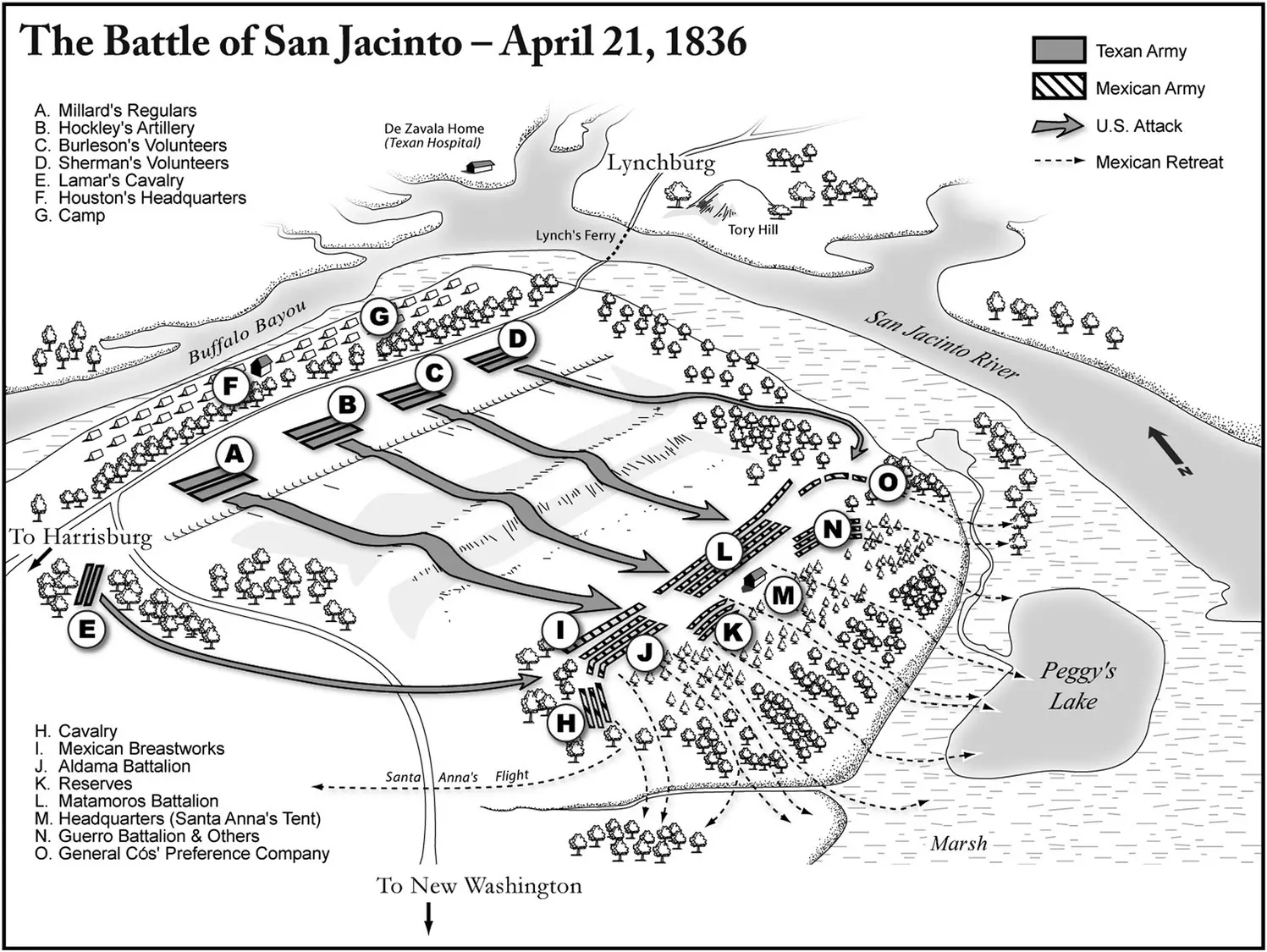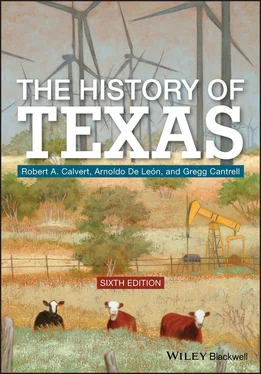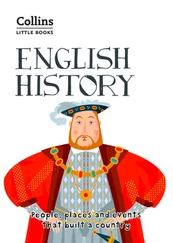
Figure 3.6 Dawn at the Alamo . This romantic painting is exhibited at the Texas State Capitol Building. Accession ID: CHA 1989.081;
Courtesy State Preservation Board, Austin, TX; Original Artist: McArdle, Henry A. 1836–1908.
The March convention had finally given Houston command of all Texan troops–volunteers as well as regulars–creating unity of command, an element essential to fighting a war. Moreover, the defeats at the Alamo and Goliad had eliminated the soldiers’ narrow allegiances to their immediate leaders. Houston arrived at Gonzales on March 13 to take command of 374 troops gathered there, only to hear of the fall of the Alamo. Two days later, following the arrival of more men, which increased his force to around 500, Houston headed away from Santa Anna’s advancing army, toward more familiar territory in East Texas. Although he might have undertaken this maneuver in order to engage the Mexican army on the Texans’ own ground, many believed that Houston intended to retreat all the way to the Louisiana border, where the US Army might then intervene on the Texan side. Indeed, throughout the retreat, Texan officials stayed in contact with US General Edmund Gaines, who was stationed with an American force just across the Sabine River. Whatever Houston’s intentions (and he never fully revealed what they were), many Texas settlers perceived it as a mindless retreat and panic spread quickly among the plain folk of the area–a panic made worse by unfounded rumors of an alliance between Mexicans and Indians. Consequently, an exodus Texans called the “Runaway Scrape” ensued as people fled their farms and communities, seeking refuge along the Texas–Louisiana border. A sense of mortal terror propelled them forward, despite cold weather and a driving rain that turned dirt roads into quagmires and common streams into mighty rivers.
By this point, Santa Anna felt confident that his conquest of the Texan army was near at hand, and he committed a major military blunder by detaching himself and some 1300 troops from the main body of his army to pursue the rebel government near Galveston Bay. Now the pursuer became the pursued, as Houston caught up with Santa Anna at the San Jacinto River on April 20. The Mexican general audaciously made camp in a location that defied the rules of engagement; although he had the Texans boxed in, he, too, was shut off on three sides, with the enemy less than a mile in front and already poised for an attack. The San Jacinto River on Santa Anna’s right and swampy terrain behind him would make a disciplined retreat impossible ( Figure 3.7).
When no attack had come by midday on April 21, Santa Anna became convinced that Houston did not intend to fight. Therefore it came as a complete surprise when, sometime around 4 p.m., Sam Houston’s forces of approximately 1000 troops (made up of volunteers from the Anglo settlements, recent arrivals from the United States, as well as a detachment of Texas Mexicans led by Juan N. Seguín) advanced on Santa Anna’s camp. Caught off guard, Santa Anna’s forces attempted to beat back the Texans, even killing a horse out from under Sam Houston and wounding the general, but their resistance amounted to little. Within eighteen minutes after the first shot had been fired, Houston’s men had full control of the enemy camp. The Mexican army, by this time already deserted by Santa Anna, had become disorganized and gave ground, with the Texans chasing Mexican troops as they fled into the river and the marsh, killing them as they came upon them. The slaying of Santa Anna’s men continued past dusk. Casualty figures showed 650 Mexicans dead and 208 wounded. Additionally, the victors took numerous prisoners. The Texans had suffered only eight or nine killed and somewhere between seventeen and thirty injured.
Captured the day following the Battle of San Jacinto, Santa Anna succeeded in negotiating an agreement whereby Houston spared his life in return for a concession that the Mexican leader order the retreat of his three armies into Mexico. The small Texan navy had succeeded in preventing Mexican forces from being resupplied, and the remaining Mexican forces under the command of General Vicente Filisola–short of provisions and further weakened from foundering in a “sea of mud” for two weeks due to heavy rains–obeyed Santa Anna’s orders, which Filisola, second in command, relayed to a bitterly reluctant Urrea and his forces as well.

Figure 3.7 The Battle of San Jacinto.
Adapted from Stephen L. Hardin, Texian Iliad: A Military History of the Texas Revolution , University of Texas Press, 1994.
On May 14, in the Treaties of Velasco, Santa Anna acknowledged Texas independence, vowed again to remove all of his forces into Mexico, accepted Texas’s southern boundary as the Rio Grande, and promised to see an independent Texas receive full diplomatic recognition by the Mexican government. Although the Mexican congress refused to accept the general’s accords, by this time, Mexico lacked the means to attempt a reconquest of the lost land. Texas’s independence had been won.
Readings
Books and dissertations
1 Alonzo, Armando. Tejano Legacy: Rancheros and Settlers in South Texas, 1734–1900. Albuquerque: University of New Mexico Press, 1998.
2 Anderson, Gary Clayton. The Conquest of Texas: Ethnic Cleansing in the Promised Land, 1820–1875. Norman: University of Oklahoma Press, 2005.
3 Barker, Eugene C. The Life of Stephen F. Austin: Founder of Texas, 1793–1836. Nashville and Dallas: Cokesbury Press, 1925.
4 Campbell, Randolph B. An Empire for Slavery: The Peculiar Institution in Texas. Baton Rouge: Louisiana University Press, 1989.
5 Cantrell, Gregg. Stephen F. Austin: Empresario of Texas. New Haven: Yale University Press, 1999.
6 Castañeda, Carlos E., ed. and trans. The Mexican Side of the Texan Revolution. Dallas: P. L. Turner Co., 1928.
7 Crisp, James E. “Anglo‐Texan Attitudes toward the Mexican, 1821–1845.” PhD diss., Yale University, 1976.
8 ———. Sleuthing the Alamo: Davy Crockett’s Last Stand and Other Mysteries of the Texas Revolution. New York: Oxford University Press, 2005.
9 Davis, Graham. Land! Irish Pioneers in Mexican and Revolutionary Texas. College Station: Texas A&M University Press, 2002.
10 Davis, William C. Lone Star Rising: The Revolutionary Birth of the Texas Republic. New York: Free Press, 2004.
11 ——— Three Roads to the Alamo: The Lives and Fortunes of David Crockett, James Bowie, and William Barret Travis. New York: Free Press, 1988.
12 DeLay, Brian. War of a Thousand Deserts: Indian Raids and the U.S.‐Mexican War. New Haven: Yale University Press, 2008.
13 Dimmick, Gregg J. Sea of Mud: The Retreat of the Mexican Army after San Jacinto, An Archeological Investigation. Austin: Texas State Historical Association, 2004.
14 Friend, Llerena. Sam Houston: The Great Designer. Austin: University of Texas Press, 1954.
15 Glaser, Tom. “Victory or Death.” in Alamo Images, edited by Susan P. Schoelwer, 61–103. Dallas: DeGolyer Library and Southern Methodist University Press, 1985.
16 Gracy, David B., II. Moses Austin: His Life. San Antonio: Trinity University Press, 1988.
17 Haley, James L. Sam Houston. Norman: University of Oklahoma Press, 2002.
18 Hämäläinen, Pekka. The Comanche Empire. New Haven: Yale University Press, 2008.
Читать дальше












